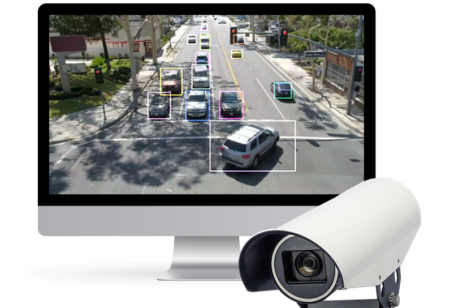UK traffic levels are getting worse as Edinburgh takes the ‘UK’s most congested city’ title for the third year in a row, according to new figures released by TomTom.
The latest Traffic Index by the location technology specialists reveals that congestion across the UK has got worse by 1% with the average Brit spending an extra six days in traffic over the year.
Detailing the traffic situations in 416 cities from 57 countries, the Scottish capital took the UK top spot again after also achieving the unwanted title for the past two years.
The 41% of extra travel time Edinburgers faced put the city as 33rdin the world, with London (38%, Brighton and Hove (35%), Bournemouth (34%) and Hull (34%) completing the UK’s five worst urban spaces for traffic.
London’s busiest day on the roads coincided with the 2019 UK General Election on the 12December.
“The UK was home to ten of the world’s 100 most congested cities in 2019,” said Stephanie Leonard, UK Traffic Advisor at TomTom.
“While overall congestion was up by only 1% this year, the country is still moving in the wrong direction and it’s time for traffic to change.”
“It’s clear the UK still has a long road to travel until congestion levels are brought under control. In time, the rise of autonomous vehicles and car-sharing services will help alleviate congestion across the country, but planners and policymakers can’t afford to sit and wait. They need to use all the tools available to them to analyse traffic levels and impacts, so they can make critical infrastructural decisions.”
Globally, Bengaluru (the official title for Bangalore, India) was ranked as the worst for congestion with drivers spending the equivalent of 10 days and three hours a year travelling in their vehicles.
The Philippine capital, Manila; Bogota in Columbia, followed by the Indian cities of Mumbai and Pune made up the world’s top five most congested destinations.
Ralf-Peter Schäfer, TomTom’s VP of Traffic Information, said, “Globally, there’s a long road to travel until congestion levels are brought under control. In time, the rise of autonomous vehicles and car-sharing services will help alleviate congestion, but planners and policymakers can’t afford to sit and wait. They need to use all the tools available to them to analyze traffic levels and impacts, so they can make critical infrastructure decisions. And drivers have a role to play too. Small changes in driving behaviours can make a huge difference.”





